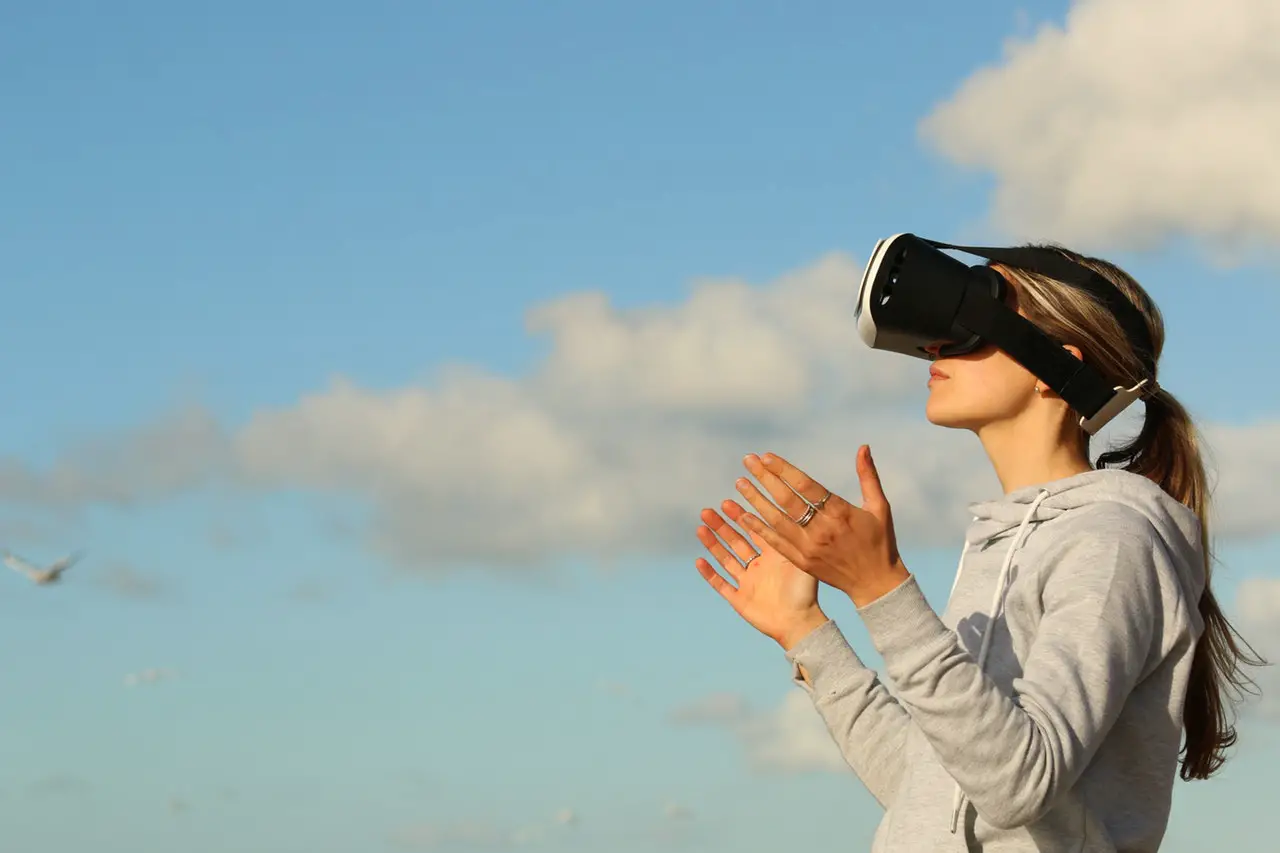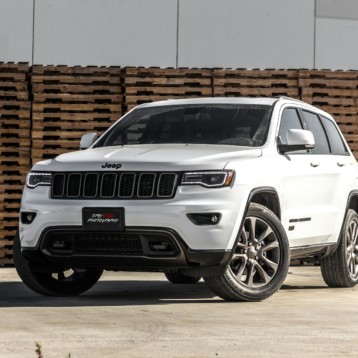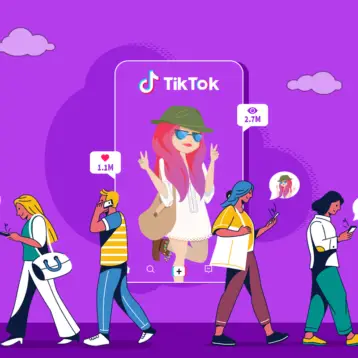
Once a gaming novelty, VR has stepped from the game room to the boardroom, and is seemingly intent on changing the landscape everywhere in between. By all accounts, 2018 will be the year VR becomes more than a buzzword. Why so optimistic? With the global VR market slated to top $26.9 billion by 2020, you might say we have a right to be. Corporate investment, a virtual explosion of VR tech startups, and market readiness have already driven VR acceptance past the point of no return. All VR needs to do now is deliver.
Here, we’ve compiled a short list of trends to look forward to in 2018.
360 video gives the big picture
Ever tried to take in a 360-degree panoramic view with a camcorder? The limitations of conventional video technology have us resigned to accepting one dismal fact: you can record in only one direction at a time. But what if you could? What if you could record in, say, two directions at a time, perhaps in front and behind you? What could you do if you had a video camera that not only records in two directions at the same time but in every direction, including up and down?
Fortunately, you don’t need a magic camera to record 360-degree video, but you do need a VR camera. VR camera technology combines multiple cameras into a single unit and stitches the separate videos together to form an interactive 360-degree video that can be viewed on a standard monitor or mobile device, or with a VR headset. Toyota, for example, has perfectly illustrated the marketing potential of 3D videography with a 3D video ride-along in their new Prius. On the tourism front, Google immerses us deep in the heart of Rio with the 360-degree video, A Day in Favela. And these, of course, are just the very tip of the iceberg.
The possibilities of 360-degree video are almost enough to make one giddy. Although the applications for 3D video are multiplying faster than we can list them, 2018 will see an immersive video showing up soonest in 3D movies, journalism, tourism, security, and sports.
VR puts sports fans on the field
If there’s one thing sports fans agree on, it’s the desire to get closer to the action. Binoculars, slow-motion replays, and front-row seats help, but one always leaves the game wondering if a better view was to be had. Now there is.
A partnership between Turner Sports (TNT) and Intel will let fans experience select NBA games in a whole new way. Beginning with TNT’s 2018 marquee matchup NBA All-Star Games, fans will be able to watch the game from multiple perspectives, including courtside, from a bird’s-eye view, even from the baseline. Fans can enjoy the VR game experiences through an app on Samsung Gear VR and Google Daydream View. The app can be downloaded from Google Play and Oculus stores.
Not an NBA fan? No problem. Intel is also partnering with the International Olympic Committee to bring VR and other immersive technologies to the 2018 and 2024 Olympic games. Intel has yet to announce what wonders we shall see, but we can be sure of one thing – the games will never be the same.
High-performance VR cuts the cord
Until now, high-performance VR has been both a delight and a disappointment. A delight for all the brave new worlds it allows us to explore, and a disappointment for keeping us anchored to our PCs. Finally, both Oculus and HTC have stand-alone headsets that will be available next year.
In October, Facebook CEO Mark Zuckerberg introduced the Oculus Go, a stand-alone VR headset scheduled for release in early 2018. Full specs are not available, but the headset is said to include a high-resolution LCD screen, 2560 x 1440 resolution, and a very reasonable price tag of $200.
Similarly, HTC has announced its own unbridled VR headset, the Vive Focus. This viewer boasts a Qualcomm Snapdragon 835 processor, a high-resolution AMOLED display, and “6-degrees-of freedom” (6DoF) tracking—no sensor setup required. HTC says the $199 viewer will be comparable to the high-end Vive in performance.
Social media goes virtual
In April of 2017, Facebook opened the world of virtual reality to its users with the introduction of Facebook Spaces. The beta feature allows users to meet and interact with others within a shared virtual environment. Current features allow you to create an avatar that actually looks like you, to share photos and videos with others in the Space in real time, and to draw 3D objects. But wait. There’s more.
In November, Facebook-owned Oculus announced that it’s testing VR support for Facebook News Feed, which will allow users to enjoy immersive content through the News Feed, as well as through Spaces. Facebook has shown that it plans to make 2018 a banner year for VR social media.
VR makes the hospitality industry more hospitable
The selection of a hotel is, for some, as important as deciding on the right destination. Travel company Expedia is investing big bucks to help travelers make the right booking decision. In 2016, Expedia invested $1 billion in technology designed to keep them competitive. A significant part of that investment is being used to provide virtual tours of hotels to customers before they book a room. Soon, customers will be able to walk through a hotel room, explore amenities, open doors, and step out onto the balcony before ever leaving home.
As tourists embrace the power of VR for all things travel related, hotels and travel agencies will increasingly offer virtual walkthroughs on their websites.
On the verge of a VR revolution?
If the past year is any indication, investments in VR innovation will soon pay off as cords are severed, cameras become omnidirectional, and as we all socialize in virtual space. Fortunately, we won’t have to wait too long for what will be VR’s seminal year. VR equipment hire is the perfect way to find out if you like Virtual reality or not.










